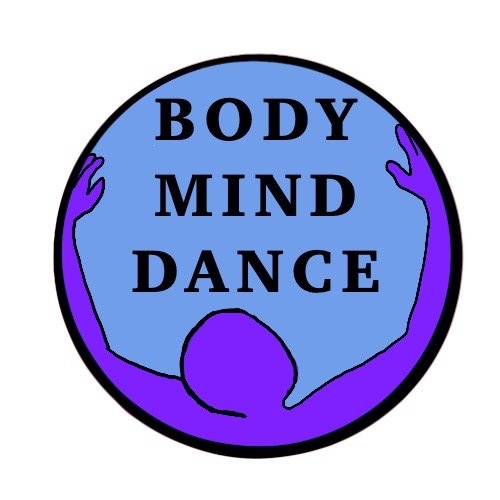What Happens In A Movement Therapy Session
You enter my studio. It is a shared space with a Buddhist meditation hall. We talk. I listen to what you have came for, what you want from this session. In the first session I’ll ask you what I need to know about your health history. You lie down on my mat fully clothed. I like to work on the floor because we can go from stillness to movement more easily. Sometimes we start sitting in a chair or on a massage table if getting to the floor and back up is difficult. I put my hands-on, usually your feet at first, and listen to your body, observe what I see, how your tissues feel, how your body moves, what systems of the body are more or less present.
There is room to move, room to rest, room for exploration of the what it feels like to be you in your body.
I talk about the session being a collaboration, both of us giving information back and forth as we work together, that your experience and participation is important. I ask you to let me know right away if anything doesn’t feel right or is painful. I welcome emotions and other perceptions/experiences that may come up as we work together.
I do a combination of hands-on, guided visualization and sensing, and guided movement re-patterning. Each session is different depending on your needs. I join with the cells and tissues, with the rhythms of your body, and listen to what’s happening. As I am present within the tissue, the body recognizes attention and support that often leads towards realignment and ease. I may make suggestions through my hands and see how your body responds. It is a joining together in a dialogue about how your body is at present and about possibilities of how to live more easily. It is about the relationships within your structure.
Working Together
Sensing the connections between the foot to the hip, from the foot through the spine to the relationship of the head and neck.
Calming the nervous system.
Finding support within the body for posture and movement.
My work often involves teaching about the body through images, information, and/or hands-on sensing together. There is both passive and active receiving of hands-on and movement. I witness your experience. There is dialogue about what we are both sensing, experiencing. There is recognition of movement patterns and patterns of tension. There is releasing habitual tension in the tissue that has been created by incident or habit. There is recognizing how your anatomy can support comfort in your body and ease in your movement while experiencing being in motion. Usually towards the end of the session we move towards what this embodiment brings to you and how you can express your embodied self in your relationships and your everyday interactions with your environment. This can mean many things such as using tools more efficiently in your work, feeling the support in your body for engaging in difficult conversations, recognizing breathing patterns in particular situations and finding ways to breathe more fully.
I hold the space for whatever comes up during this process: emotions, visions, sensations, past trauma, expressions of what the tissues of your body has been holding. I often send you home with a list of sensory and/or movement explorations that we have done together that you can continue doing at home.
Sometimes clients come in and just need to experience deep rest and there is little talking and all hands-on work. Sometimes the session is all about how you are moving and the hands-on is part of facilitating your exploration of your structure in motion. Each session is tailored to your unique body and needs. Usually it is a combination of receiving and doing.
The session is successful when you have an experience of how your body works and how you can move and be with ease and support in your structure. My intention is that you go home in less pain and with sensing and/or movement tools to help you sustain a more comfortable way of being and an expanded sense of what is possible. My hope is that you are involved in changing your movement and structural habits to keep you from getting into the pain that brought you to me in the first place. I want our work together to be a resource for you so that you can feel empowered and can rely on yourself to maintain your body-mind wellness.
Learn about your body.
Change your relationship with your body and your movement. Change your life.




